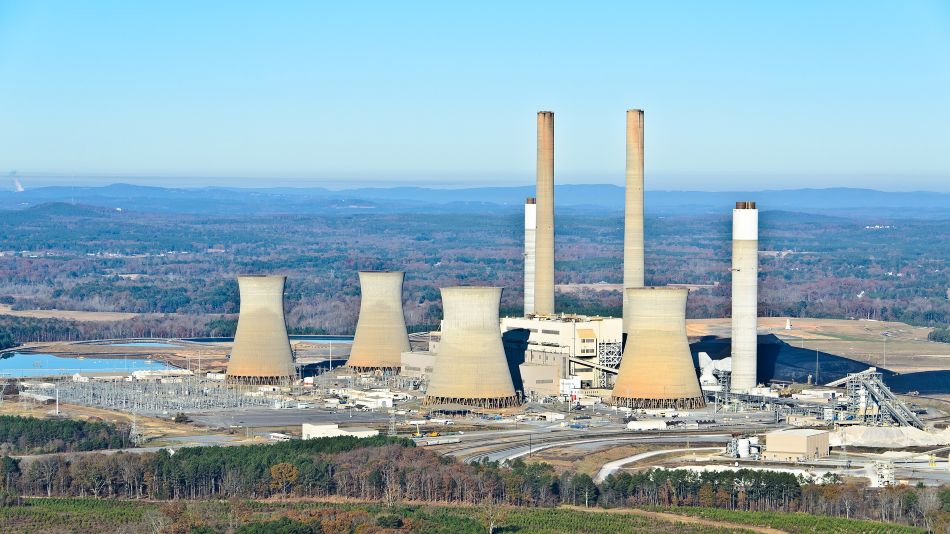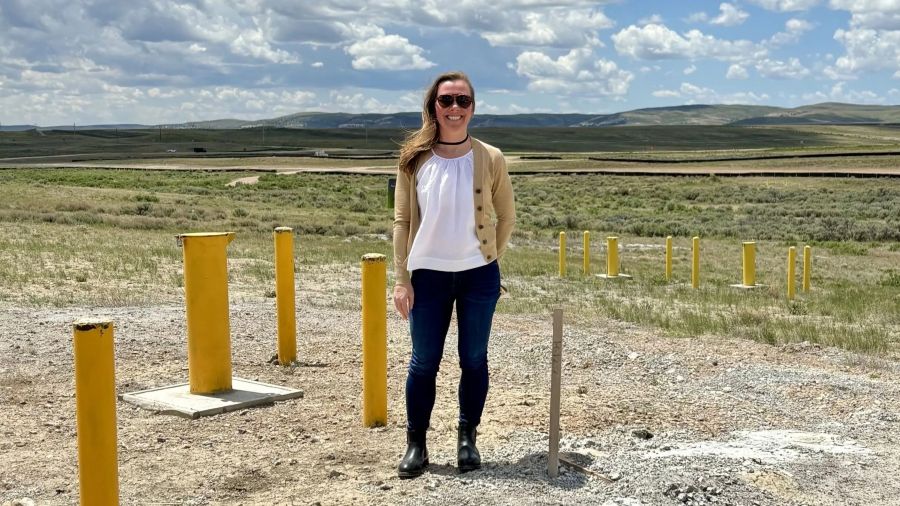GOOD VIBRATIONS: Stevens Students Test Bridge Safety
GOOD VIBRATIONS: Stevens Students Test Bridge Safety
By: Carol Milano
"Take Your Child to Work Day" in Niwot, Colorado always found Curtis Stecyk on a bridge. Growing up hearing his mother, an enthusiastic civil engineer, describing her road and bridge projects nurtured Stecyk's infrastructure interest. A decade later, his childhood interests in civil engineering made him an ideal candidate for a special project at Stevens Institute of Technology.
Associate mechanical engineering professor Frank Fisher researches energy harvesting. Marcus Rutner, associate professor of civil and environmental engineering, investigates structural health monitoring. For a 2013-2014 Student Senior Design Project, they proposed tapping an unutilized energy source for continuous bridge monitoring: structural vibrations. Selecting six outstanding mechanical and civil engineering seniors, the professors challenged them to design an inexpensive prototype for detecting structural defects before lives were lost and roadways endangered.
“Every member of our team was eager to have even a small impact on energy,” Stecyk remembers. While researching published papers on capturing energy vibrations, they discovered an untested academic concept to fine-tune and apply to their goal: harnessing energy from consistent, frequent, identifiable vibrations on bridges.
“In our dynamic process, we worked on modeling and fabrication, choosing parts that might become an efficient device for measuring bridges’ structural health,” he recounts. The mechanical engineers focused on how to harvest and transform energy from traffic-induced vibrations. Next, they developed “a prototype integrated system that creates and stores energy, 24/7. A mechanical engineer wrote the code for what data to transmit, and when.”


Their Vibration Energy Harvesting for Structural Health Instrumentation (VEHSHI) device detects any change in consistency of a bridge’s vibrations, beyond what the human eye sees during routine two-year inspections. Identifying defects not visible on the surface, including internal cracks, swelling or stiffness, VEHSHI sends an alert about any drastic change or hazardous deviation.
“Our challenge was searching, targeting, implementing and finalizing a modular system to work seamlessly, in a theoretical environment, to address a real-world application,” says Stecyk. “Energy is captured by movement of a magnet passing through a copper coil. At rest, the magnet floats just above the center of the coil, due to a fixed repulsive magnet, and plunges through the coil during vibration. Optimizing magnetic forces and displacement of the floating magnet maximizes energy capture. This isn’t something you get in your typical class!”
“The team built an energy harvester producing about 16 mW of power -- much more than alternative energy harvesting technologies can do,” explains Rutner. “Structure health monitoring becomes fully autonomous once power generates automatically. The team embedded energy harvester and monitoring devices in smart circuit architecture. Their breakthrough was embedding a super capacitor bank, which stores energy coming from the harvester, releasing it on demand to power structure health monitoring.” The “set-and-forget” electronic energy harvester with capacitor bank powers accelerometers at critical locations on the bridge superstructure, transmitting performance data to the bridge deck. A single unit sends it wirelessly to a distant computer.
What was Stecyk’s favorite part of the multi-faceted project? Garnering first prize at the 2014 Stevens Innovation Expo. “At the project’s conclusion, we realized this device has applications and diversity way beyond bridges. That became a key point of our winning Elevator Pitch presentation: if you tweak it, VEHSHI can apply to anything with a vibration.”

For bridges, VEHSHI can drastically reduce repair costs, potentially turning some $500 million bridge replacement into a $500,000 local correction! Rutner and his team are working to make the device, “attractive enough to the market so politicians will say, ‘let’s spend some money to monitor bridges.’”
VEHSHI is an ongoing project. “The eleven students on the 2014-2015 team investigated how to harvest vibrational energy in three dimensions, and how to make the harvester operable up to a frequency of about 50Hz,” Rutner reports. “Then it would be viable not only for bridges, but also for railroads or airplane fuselages.”
“This demanding, exciting, strongly interdisciplinary research involves professors and students in mechanical, electrical and civil engineering,” he notes. Rutner anticipates testing VEHSHI outside the lab soon. Its first patent application was submitted in 2014; a second is in preparation.
Transportation infrastructure is a growth area for mechanical engineers, predicts Chris Sensor, Northeast Account Manager for m+p international, a manufacturer of data acquisition and vibration analysis systems in Verona NJ. “Many dangerous situations, like bridge collapses or train derailments, could be avoided by simple infrastructure monitoring and vibration analysis. Preventive maintenance saves the cost of having to clean up after a disaster. That’s where mechanical engineers come in – we can do vibration analysis, which could even improve safety for things like industrial turbines. Continuous data gathering should be done in every major metropolis transportation system,” says Sensor, who holds a bachelor of science in mechanical engineering from Stevens.



